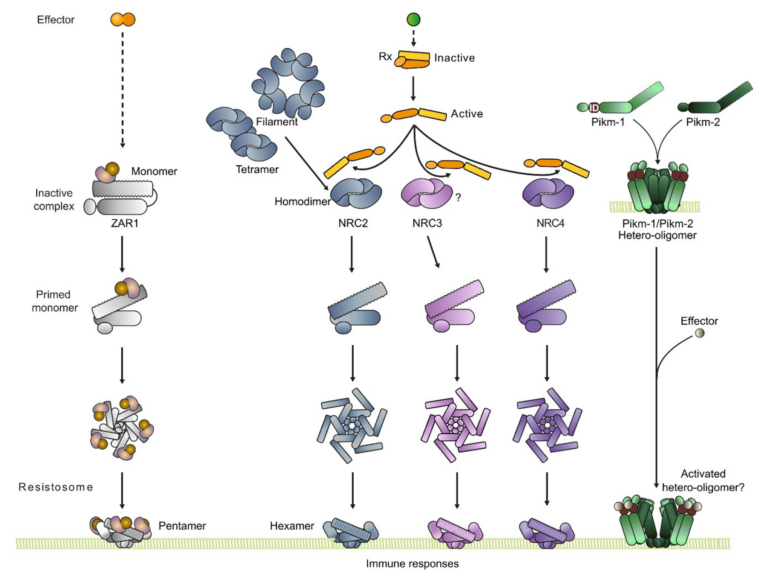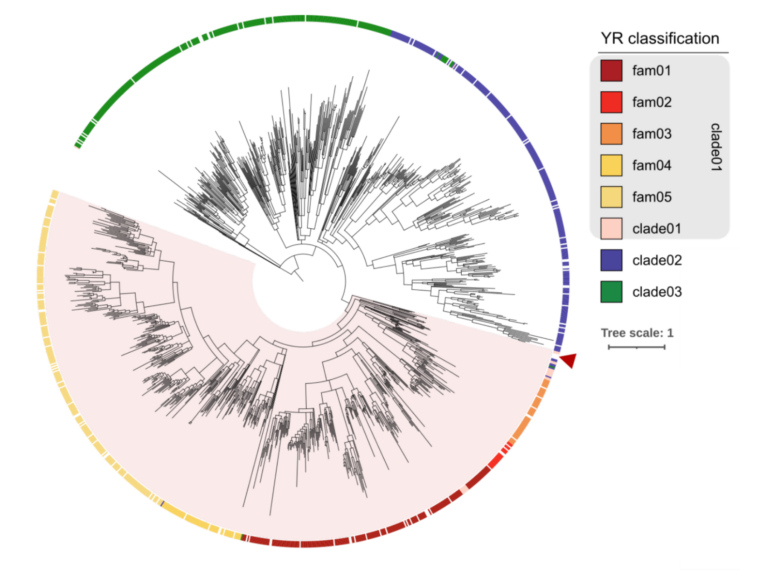Mechanobiology of fungal invasion
Our usual encounters with fungi are when we observe mushrooms in forests or moulds on food that we failed to eat on time. In both instances, however, we are only seeing a very limited view of fungal growth. Fungi are osmotrophs, which means that they consume the food that surrounds them by secreting enzymes to degrade polymers into simple sugars, fatty acids and amino acids. This type of growth has a number of consequences - it explains why fungi secrete toxins and antibiotics to protect their food sources from competitors and why they can grow so rapidly. It also explains why fungi have evolved the capacity to forcefully invade hard substrates, such as wood, animal skins and the cuticles of plants. By doing so, they can access new sources of food, often inaccessible to their competition, and this has enabled fungi to become highly successful pathogens of both animals and plants, causing diseases in organisms as diverse as insects, amphibians, humans, reptiles, and rice plants. It is becoming clear that, in addition to their prodigious secretion of enzymes to degrade complex substrates, fungi can exert very substantial physical forces. Such forces are probably essential for many aspects of the fungal lifestyle, including colonisation of their usual habitats like soil and leaf litter, which require penetration and invasion to enable their digestion by fungi. But for pathogenic fungi, the requirement for invasive growth is even more acute. In this Primer, we explore the mechanobiology of fungal invasive growth and the emerging view of the different mechanisms that fungal pathogens deploy to gain entry to host tissue. We focus mainly on plant pathogens, where recent experimental work has been most extensive, and highlight key research questions for the future.


